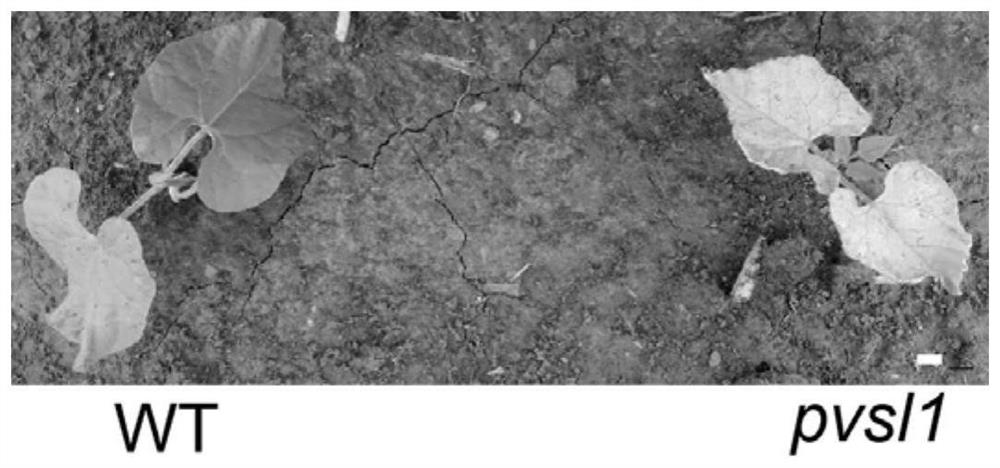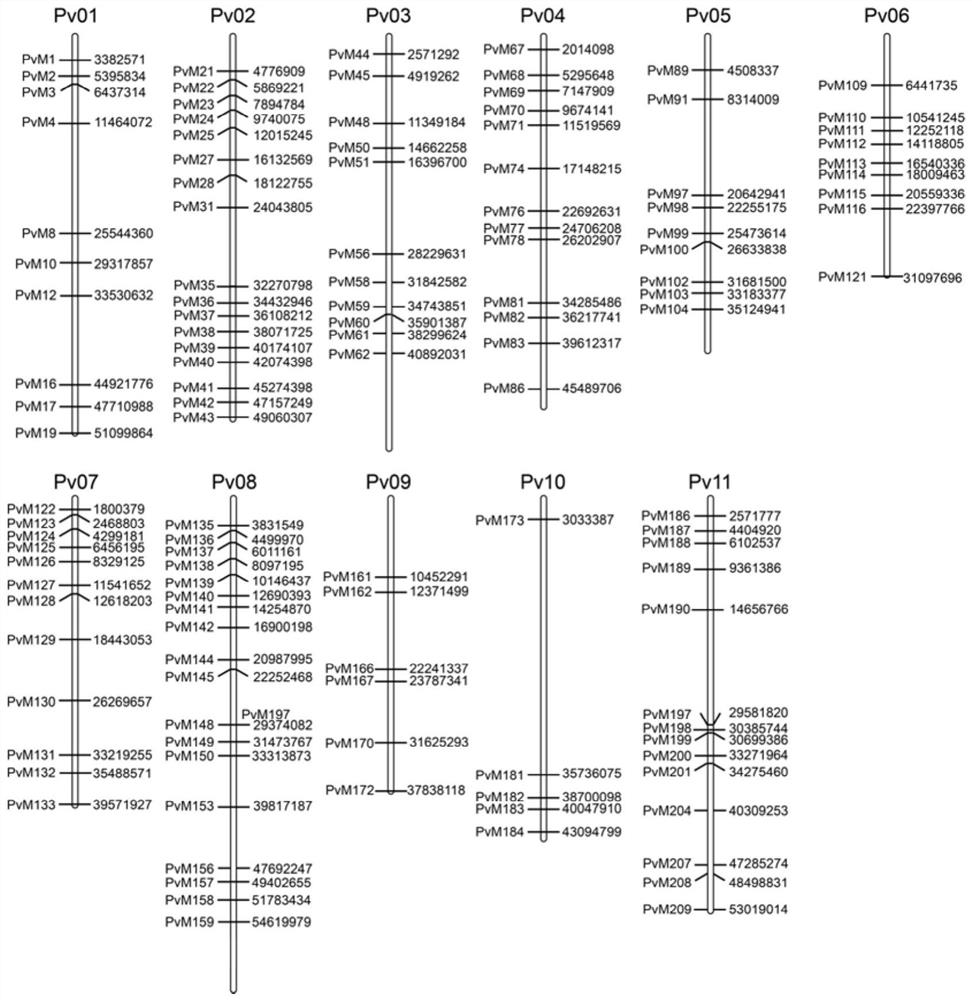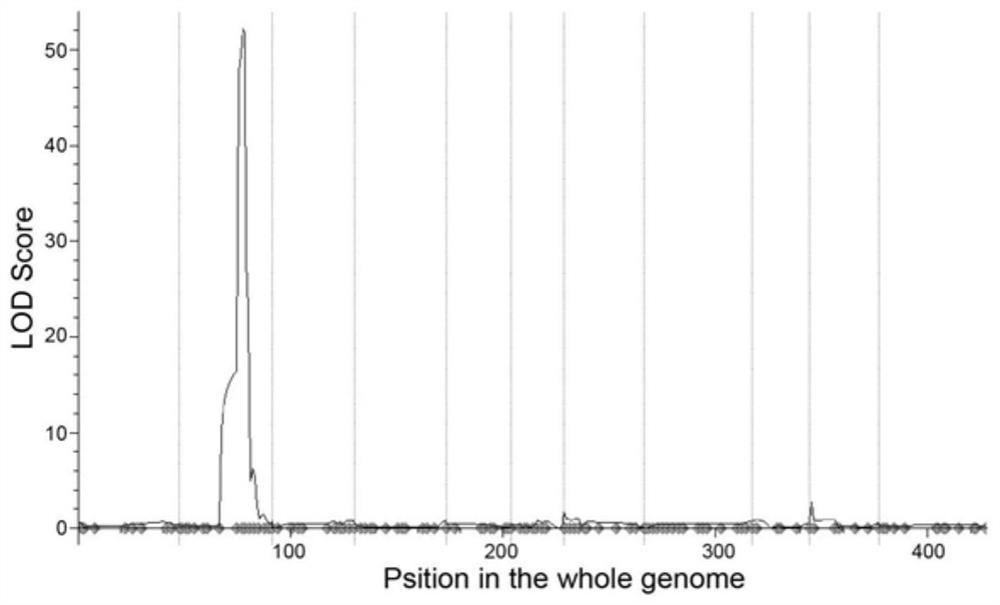Bean metalloprotease pvftsh2 gene and its encoded protein and application
A metalloprotease and gene technology, applied in the field of genetic engineering, can solve problems such as the decline of photosynthetic function, and achieve the effect of increasing the yield of kidney beans and improving the utilization rate of light energy
- Summary
- Abstract
- Description
- Claims
- Application Information
AI Technical Summary
Problems solved by technology
Method used
Image
Examples
specific Embodiment approach 1
[0036] Embodiment 1: The nucleotide sequence of the phase bean metalloprotease PvFtsH2 gene in this embodiment is shown in SEQ ID NO: 1 in the sequence listing.
specific Embodiment approach 2
[0037] Specific embodiment 2: The amino acid sequence of the protein encoded by the bean metalloprotease PvFtsH2 gene in this embodiment is shown in SEQ ID NO:2.
specific Embodiment approach 3
[0038] Specific embodiment three: the application of the bean metalloprotease PvFtsH2 gene in regulating the photoinhibition response process of leguminous plants in this embodiment.
PUM
 Login to View More
Login to View More Abstract
Description
Claims
Application Information
 Login to View More
Login to View More - R&D
- Intellectual Property
- Life Sciences
- Materials
- Tech Scout
- Unparalleled Data Quality
- Higher Quality Content
- 60% Fewer Hallucinations
Browse by: Latest US Patents, China's latest patents, Technical Efficacy Thesaurus, Application Domain, Technology Topic, Popular Technical Reports.
© 2025 PatSnap. All rights reserved.Legal|Privacy policy|Modern Slavery Act Transparency Statement|Sitemap|About US| Contact US: help@patsnap.com



